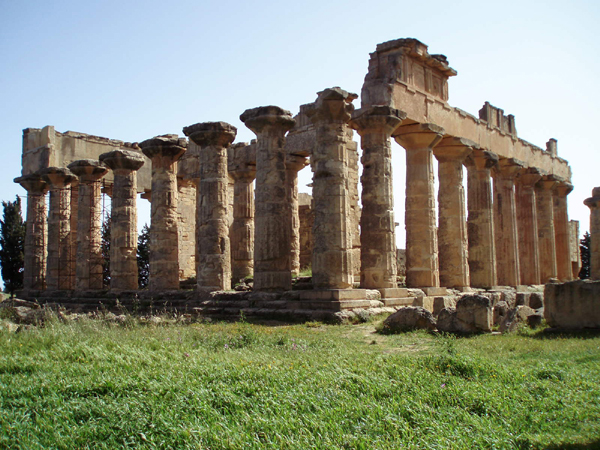By Nihal Zaroug.

Tripoli, 4 August:
An agreement between Libya and UNESCO was signed on 2 August, launching a programme on the protection . . .[restrict]of Libya’s cultural heritage sites. The program aims to develop the ‘technical and institutional capacities’ of the Libyan Department of Antiquities, whose role it is to promote and protect Libya’s cultural heritage sites.
Libya boasts of five UNESCO protected World Heritage sites: Cyrene, Leptis Magna, Sabratha, the old town of Ghadames, and the rock-art sites of Tadrart Acacus.
A €1-million grant from Italy to UNESCO, will be used to finance part of the programme’s initiatives, which includes supporting museums in Bani Walid and Misrata and Tripoli. Several archeological sites have also been earmarked in the programme, the development of which also aims to create local jobs and increase economic activity.
Unfortunately, some were attacked during the revolution and subsequently — most recently in May, the old town of Ghadames was the target of rocket attacks due to fighting between neighbouring factions. This was particularly shocking as the old town of Ghadames is one of the oldest Saharan cities still standing and is referred to as the “pearl of the desert”.
Similarly devastating was the robbery of the Benghazi Treasure, a collection of nearly 7, 700 items, mainly bronze, silver and gold coins, as well as jewelry. The artifacts were stolen during the revolution from the vault of the National Commercial Bank in Benghazi and have yet to be found.
Protecting Libya’s culture heritage is of great importance in preserving its rich history, and serves as ‘confirmation to the contributions made by Libyan people to early human civilisation’ according to Saleh Agab, Chairman of the Antiquities Department.
UNESCO director, Irina Bokova has said that “during the past year, Libyans have shown their unfailing commitment to the protection of their cultural heritage, demonstrating that such heritage cannot be held hostage to local or international dissent and conflict.” Libya’s newly-elected congress ought to continue with this commitment as protection of cultural sites is not just for Libya, but for the benefit of the world.
In an interview with USA Today, Adel Belhaj of the Libyan Society for the Activation of Tourism, said Libya had many ancient ruins making it a “paradise” for history enthusiasts. In addition, Libya’s sandy coastline and vast desert are other areas worth developing for tourism and economic development.
Although the security situation has improved, it still remains fluid, putting tourism in Libya on hold. Many countries have yet to lift their travel restrictions to the country, cautioning against unnecessary travel and deeming certain areas of the country off-limits.
For more information on Libya’s World Heritage sites visit UNESCO [/restrict]







